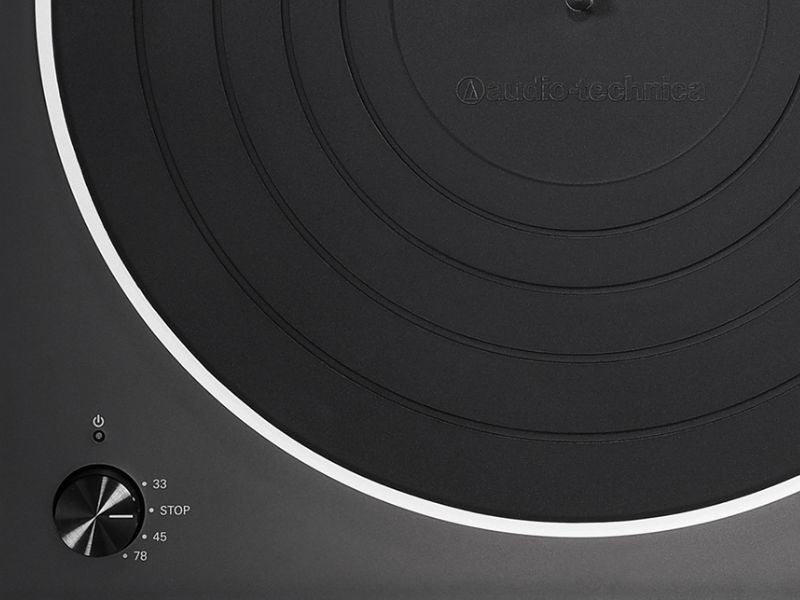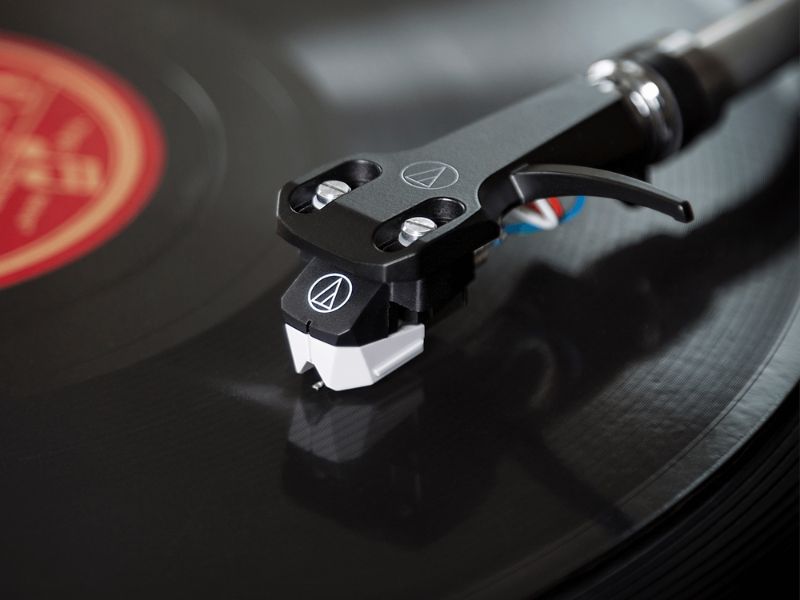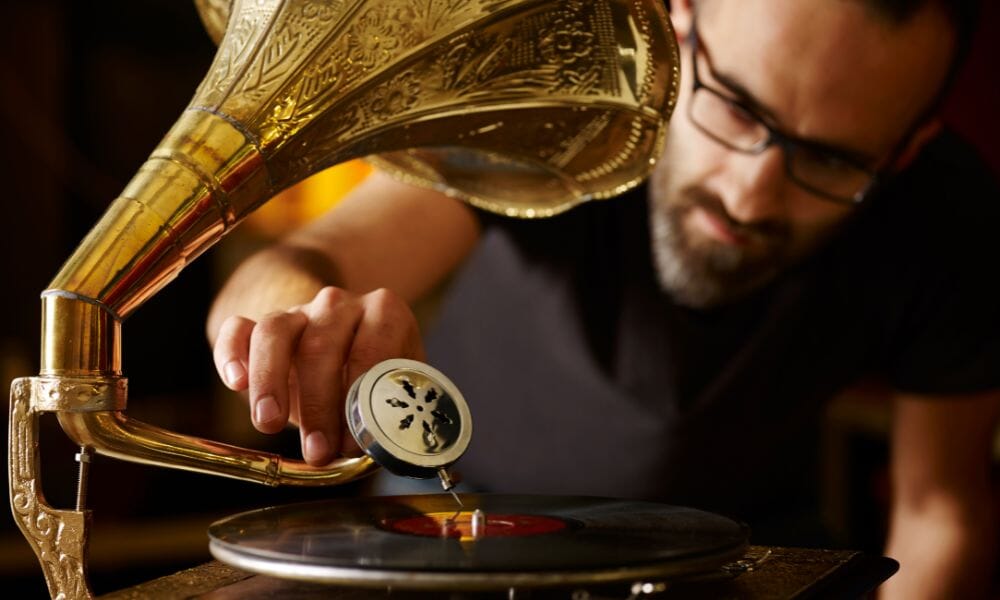In today's digital age, vinyl records have made a remarkable comeback among music enthusiasts.
The warm and rich sound quality that vinyl records offer is unmatched by modern digital formats.
However, one type of vinyl record that may be unfamiliar to some is the 78RPM record.
In this blog, we will explore the world of 78RPM vinyl records and guide you on how to play them on a modern record player.
What Are 78RPM Records?
78rpm records, commonly referred to as "78s," were a standard format for commercial recordings during a significant period of the 20th century.
These records are characterised by their speed of 78 revolutions per minute (rpm), and they played a crucial role in the early days of recorded music.
Here are some key features and historical aspects of 78rpm records:
-
Material: The majority of 78rpm records were made from shellac, a brittle and breakable material derived from a resin secreted by the female lac bug. Shellac provided a relatively durable surface for recording audio but was more susceptible to breakage compared to later vinyl records.
-
Size and Format: 78rpm records typically came in a 10-inch or 12-inch format. They were often single-sided in the earliest days but later became double-sided, allowing for more music to be included on a single disc.
-
Groove Characteristics: The grooves on 78rpm records are wider and deeper compared to those on later vinyl formats like LPs (Long Play) or 45s (45rpm). This was due to the limitations of the recording and playback technology of the time.
-
Recording Era: 78rpm records were the primary medium for music distribution from the late 19th century until the mid-20th century. They were prevalent during the early years of jazz, blues, swing, and other genres, capturing performances by iconic artists of the time.
-
Industry Standard: The 78rpm speed was an industry standard during the shellac era, and countless recordings were released in this format. However, the introduction of the 33 1/3 RPM LP (Long Play) and the 45 RPM single in the late 1940s brought advancements in recording technology and allowed for longer playing times and improved sound quality.
-
Transition to Vinyl: With the popularity of vinyl records, particularly LPs and 45s, the use of 78rpm records declined. Vinyl records were more durable, provided better sound quality, and allowed for longer playing times. The last commercial 78rpm records were produced in the 1950s, marking the end of the shellac era.
How Do I Play 78RPM Records?
Physically playing a 78rpm is much the same as any other vinyl record, however the key is in the setup.
To correctly play 78's you'll need a specific turntable and stylus, otherwise you'll damage your records and it won't sound as good as it should do.
Turntable Speed
Firstly, and probably the most obvious aspect is the speed.
78's by name spin at 78RPM so you'll need a turntable that can also spin at 78 RPM!

This isn't common on every turntable, so if you are planning on playing 78's then you'll need to choose a turntable with this feature.
Stylus
As the grooves of a 78 are wider than modern records you'll need to ensure that you have a 78RPM compatible stylus.

You'll find that most turntables that come with a 78RPM speed setting won't actually have a compatible stylus fitted as standard, you'll need to do some research and buy an additional stylus.
Then each time you want to play your older records you'd simply swap the stylus over each time.
Watch out for lower quality turntables, they may have a 78 RPM speed setting but you might not be able to easily find a compatible stylus.
For instance the Teac TN-180BT has a 78 RPM setting but is fitted with a non-replacement ATN3600 cartridge. The ATN3600L isn't suitable for 78's and Audio-Technica don't appear to make a compatible stylus so you'll need to find an aftermarket one.

